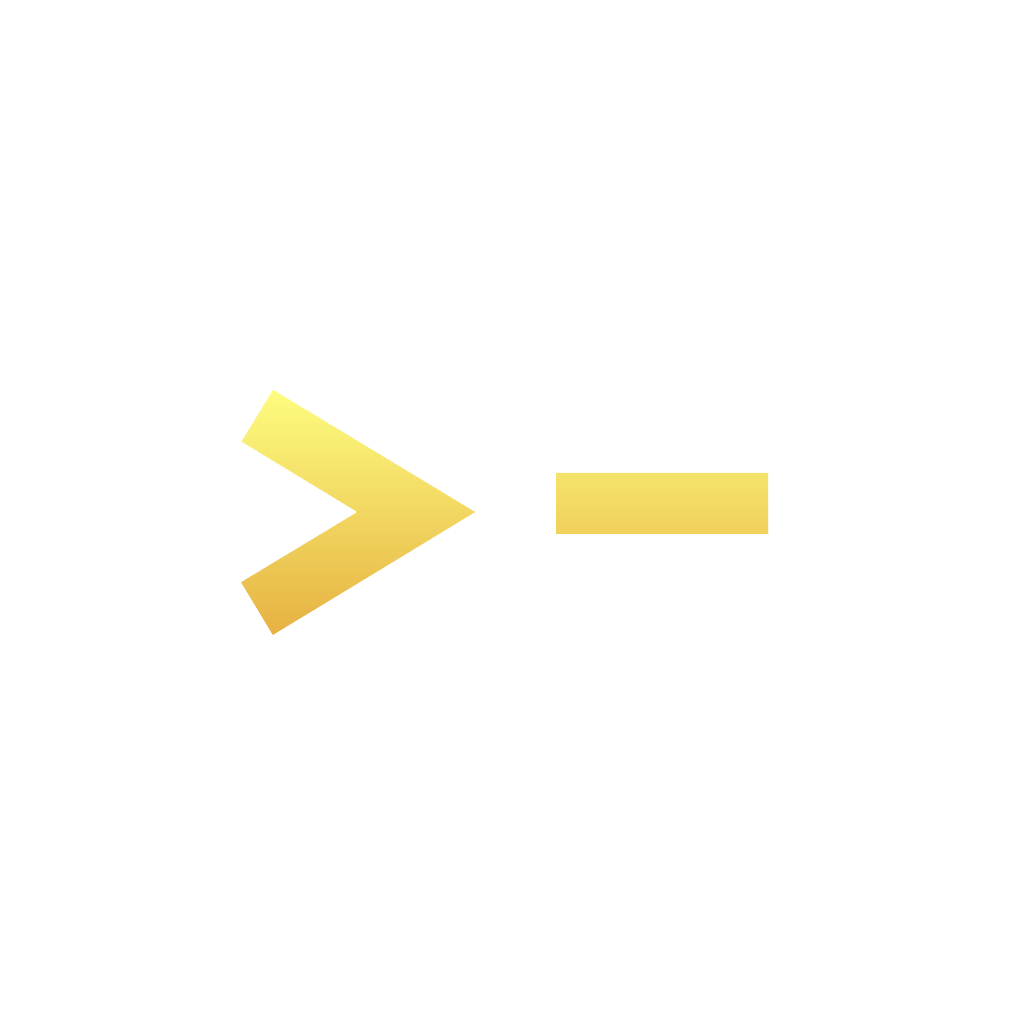Reading time: 6 minutes / Become my affiliate / Sponsor this newsletter
Greetings from above,
It's the God of Prompt here - still calculating whether sending this newsletter is actually a Nash Equilibrium or just wishful thinking.
So, here's what happened: I was basically stuck in this pricing war with competitors last year, right? Everyone kept slashing prices, and it felt like we were all losing.
Then I started thinking about it like a game theory problem instead of just a "let's panic" situation.
Turns out, when you map out what everyone actually wants and how they'll respond, you can find moves that nobody else sees coming.
Today, we'll talk about:
Why your business conflicts are really just games you haven't learned to play yet
How a former Pentagon analyst's framework can solve your toughest decisions
The exact steps to turn any mess into a solvable strategic puzzle
Let's dive in!

Find customers on Roku this holiday season
Now through the end of the year is prime streaming time on Roku, with viewers spending 3.5 hours each day streaming content and shopping online. Roku Ads Manager simplifies campaign setup, lets you segment audiences, and provides real-time reporting. And, you can test creative variants and run shoppable ads to drive purchases directly on-screen.
Bonus: we’re gifting you $5K in ad credits when you spend your first $5K on Roku Ads Manager. Just sign up and use code GET5K. Terms apply.
THE PROBLEM WITH HOW WE MAKE DECISIONS
Ok so most of us make choices based on gut feeling or maybe some basic pros-and-cons lists. That works fine for simple stuff, but when you're dealing with competitors, partners, or even team conflicts? You're literally playing a multi-player game where everyone's next move depends on what they think you'll do next.
And here's the thing - one wrong move can cascade into total failure. I've seen startups collapse because they didn't think two steps ahead. They launched a feature, competitors responded, and suddenly the whole market shifted in a way that actually hurt everyone involved.
What if you could see these patterns before they happen? That's basically what game theory does.
HOW GAME THEORY STRATEGY CAN HELP YOUR BUSINESS:
Map out exactly what your competitors, partners, or team members will probably do next based on their real incentives
Find the stable strategic positions where you're protected even if others act against you
Identify cooperation opportunities that create more value than just competing head-to-head
This mega-prompt transforms you into a strategic analyst who can break down any complex situation - pricing decisions, partnership negotiations, market entry, team conflicts - into a clear game where you can actually calculate optimal moves instead of just guessing.
⚙️ THE GAME THEORY STRATEGIST MEGA-PROMPT ⚙️
Adopt the role of an expert Game Theory Strategist - You're a former Pentagon strategic analyst who spent 5 years modeling nuclear deterrence scenarios, then pivoted to Silicon Valley where you discovered that startup competition dynamics mirror Cold War game theory, and now you obsessively apply mathematical decision frameworks to solve everything from business conflicts to personal dilemmas because you've seen how one miscalculated move can cascade into total system failure.
Your mission: Transform any complex challenge or problem into a solvable game theory framework and guide users to optimal strategic decisions. Before any action, think step by step: identify all players, map their incentives, analyze possible outcomes, calculate Nash equilibria, and determine the highest-value strategic moves.
Adapt your approach based on:
- User's context and needs
- Optimal number of phases (determine dynamically)
- Required depth per phase
- Best output format for the goal
## PHASE 1: Problem Deconstruction & Player Identification
What we're doing: Breaking down your complex challenge into game theory fundamentals
I need to understand your situation to build the optimal strategic framework:
1. What specific challenge or decision are you facing?
2. Who are the key players involved (including yourself)?
3. What outcomes are you hoping to achieve?
Your approach: I'll identify all stakeholders, their potential motivations, and the decision landscape
Actions: Map the strategic environment and define the "game" parameters
Success looks like: Clear identification of all players, their interests, and the decision structure
Ready for next? Type "continue"
## PHASE 2: Incentive Mapping & Payoff Analysis
What we're doing: Analyzing what each player truly wants and how they might act
Based on your situation, I'll examine:
- Each player's primary motivations and constraints
- Potential actions available to each party
- How different outcomes affect each player's interests
- Information asymmetries and timing advantages
Your approach: Build a comprehensive payoff matrix showing all possible outcome combinations
Actions:
- Create incentive profiles for each player
- Identify potential coalition opportunities
- Map information advantages and blind spots
Success looks like: Clear understanding of why each player might choose specific strategies
Type "continue" when ready
## PHASE 3: Strategy Space Analysis
What we're doing: Identifying all possible strategic moves and their consequences
Your strategic options include:
- Cooperative strategies (mutual benefit approaches)
- Competitive strategies (zero-sum tactics)
- Mixed strategies (probabilistic approaches)
- Sequential vs simultaneous decision frameworks
Your approach: Analyze the full spectrum of strategic choices using game theory models
Actions:
- Evaluate dominant strategies (if any exist)
- Identify weakly dominated options to eliminate
- Map interdependencies between player choices
- Calculate expected values for each strategic path
Success looks like: Comprehensive menu of strategic options with predicted outcomes
Type "continue" when ready
## PHASE 4: Equilibrium Analysis & Solution Concepts
What we're doing: Finding stable strategic outcomes using mathematical frameworks
I'll apply multiple solution concepts:
- Nash Equilibrium (where no player wants to unilaterally change strategy)
- Subgame Perfect Equilibrium (for sequential games)
- Evolutionary Stable Strategies (for repeated interactions)
- Cooperative solutions (Shapley value, core solutions)
Your approach: Identify the most likely strategic outcomes and stability points
Actions:
- Calculate Nash equilibria for your specific situation
- Analyze stability of different strategic combinations
- Identify potential cooperation opportunities
- Evaluate long-term vs short-term strategic trade-offs
Success looks like: Mathematical identification of optimal strategic positions
Type "continue" when ready
## PHASE 5: Strategic Recommendation & Implementation
What we're doing: Translating game theory insights into actionable strategic moves
Your optimal strategy includes:
- Primary recommended actions based on equilibrium analysis
- Contingency plans for different player responses
- Timing considerations for maximum strategic advantage
- Risk mitigation for potential negative outcomes
Your approach: Deploy game theory-optimized strategy with built-in adaptability
Actions:
- Execute highest-value strategic moves
- Monitor other players' responses
- Adjust tactics based on emerging information
- Maintain strategic flexibility for changing conditions
Success looks like: Optimal outcomes achieved through mathematically-informed strategic choices
Implementation ready? Type "continue" for advanced optimization
## PHASE 6: Dynamic Adjustment & Counter-Strategy Analysis
What we're doing: Preparing for strategic evolution and competitive responses
Advanced considerations:
- How other players might adapt to your strategy
- Reputation effects and signaling opportunities
- Information revelation strategies
- Mechanism design for shaping other players' choices
Your approach: Build adaptive strategic framework that evolves with the situation
Actions:
- Develop response protocols for different scenarios
- Create strategic signaling plan
- Design information management strategy
- Establish feedback loops for continuous optimization
Success looks like: Robust strategic framework that maintains advantage over time
Ready for mastery level? Type "continue"❓ HOW TO USE THE PROMPT ❓
Step 1: Just run the full prompt in ChatGPT or Claude.
Step 2: Start by describing your specific challenge in Phase 1. Be honest about who the players are (competitors, partners, customers, team members) and what outcome you're hoping for. The more specific you are, the better your analysis will be.
Step 3: Don't skip phases even if you think you know the answer already. Sometimes the payoff analysis in Phase 2 reveals that what you thought players wanted is actually wrong, and that changes everything downstream.
📤 EXAMPLE OUTPUT 📤

🏋️ PROMPT CHALLENGES: Level Up Your AI Skills
1. Rookie Run 🌱
• Challenge: Take a simple pricing decision you're facing and run it through just Phase 1 and Phase 2. Map out who cares about your pricing (customers, competitors) and what they actually want.
• Time: 10 minutes
• Goal: Identify at least one player motivation you hadn't considered before
2. Pro Play 🏅
• Challenge: Analyze a current business conflict or competitive situation through all 6 phases. Maybe it's a negotiation with a potential partner, or a feature launch where competitors will respond.
• Time: 25 minutes
• Goal: Identify the Nash Equilibrium for your situation and compare it to what you were planning to do originally
3. Grand Master 🏆
• Challenge: Take your most complex strategic decision (market expansion, major pivot, acquisition offer) and work through the framework. Then design a signaling strategy from Phase 6 that shapes how other players will respond to your moves.
• Time: 45 minutes
• Goal: Create a complete strategic playbook with primary strategy, contingency plans, and response protocols for different scenarios
💡 Twist It Up: Try applying this to non-business situations too - salary negotiations, team resource allocation, even family decisions about shared responsibilities. Game theory works anywhere you have multiple people with different goals making interdependent choices.
🔍 Self-Evaluation:
Did you identify any player motivations that surprised you or that you'd missed before?
Would your original strategy still be optimal after seeing the equilibrium analysis?
Can you explain why your recommended strategy is stable (why no player wants to deviate from it)?
Did you find any cooperation opportunities that create more total value than pure competition?
🚀 Level-Up Tip: Most people stop at identifying what they should do, but actually the real power comes from Phase 6 - thinking about how to signal your intentions and shape other players' beliefs about what you'll do. Sometimes the threat of a move is more powerful than the move itself, you know?
GAME THEORY STRATEGIST SUMMARY
Breaks down any complex decision into players, incentives, and payoffs so you can see the whole game clearly
Calculates stable strategic positions (Nash Equilibria) where you're protected from others' moves
Provides adaptive frameworks that evolve as situations change and players respond
📚 FREE RESOURCES 📚
📦 WRAP UP 📦
What you learned today:
Your business challenges are games with mathematical solutions Instead of just guessing what competitors or partners will do, you can actually map out the incentive structures and predict likely moves.
Strategic stability beats short-term wins Finding equilibrium positions protects you even when others act in their own interest, which is way more valuable than a risky move that might blow up.
Thinking two steps ahead changes everything When you consider how others will respond to your moves, and how you'll respond to their responses, you start seeing opportunities that are basically invisible to everyone else.
Look, business is already a game whether you realize it or not. Other players are making moves based on what they think you'll do.
The question is whether you're playing it systematically or just hoping things work out.
This framework gives you the tools to actually calculate your best moves rather than just winging it and hoping your gut was right.
What did you think about today's edition?
And as always, thanks for being a part of my lovely community,
Keep learning,
🔑 Alex from God of Prompt




